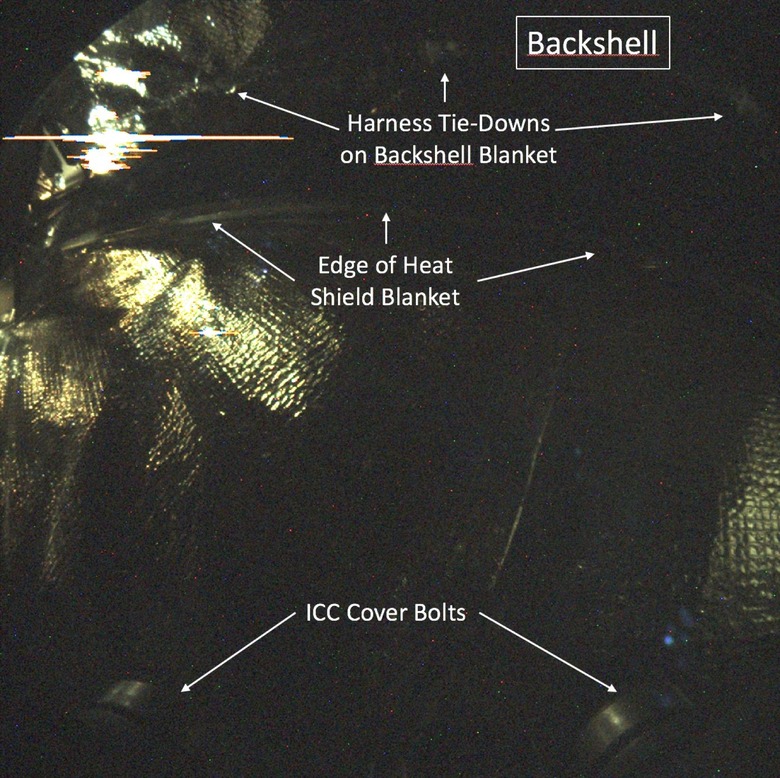Halfway To Mars, NASA's InSight Phones Home
NASA's InSight spacecraft has called home for an mid-flight update, halfway through its roughly 300 million mile trip to Mars. Launched on May 5, InSight – or "Interior Exploration using Seismic Investigations, Geodesy, and Heat Transport" – used the opportunity to run through the status of its equipment, as it prepares for a never-before-attempted mission.
The goal is to dig into Mars' interior, and deliver the first evidence of what's there when you scratch deep beneath the surface. Before that, though, InSight sent back a spacecraft selfie as part of its lander camera checks. As well as giving the optics another trial, it was an opportunity for the mission team to make sure all was well with the backshell.

"If you are an engineer on InSight," Tom Hoffman, project manager at NASA's Jet Propulsion Lab, said of the selfie, "that first glimpse of the heat shield blanket, harness tie-downs and cover bolts is a very reassuring sight as it tells us our Instrument Context Camera is operating perfectly. The next picture we plan to take with this camera will be of the surface of Mars."
There are three primary missions, and have been three main sets of equipment to test while InSight travels. The seismometer was checked on July 19, making sure its complex six-sensor array – which will measure a wide range of ground motion frequencies – was working properly. NASA hopes to use it to better understand the internal activity of the planet.
Then there's the Heat Flow and Physical Properties Package, or HP3. That includes a self-hammering mechanical mole which, when deployed, will burrow down into Mars to between 10 and 16 feet. Tethered to the lander, it will use sensors to measure how much heat escapes from the interior of the planet to the surface.
NASA switched the mole's sensor suite on for its tests, exercised some of the internal heaters, and then read out the electronics module's stored settings. As for the radio, which will beam results from InSight's testing back to Earth, that's already been in operation during the journey.
Of course, while Mars may be on our doorstep in galactic terms, that's still a long way to travel. As of its August 20 check-in, InSight had already covered 172 million miles. That still left 129 million miles to go; NASA expects it to land in the the Elysium Planitia region of the planet around Thanksgiving.
